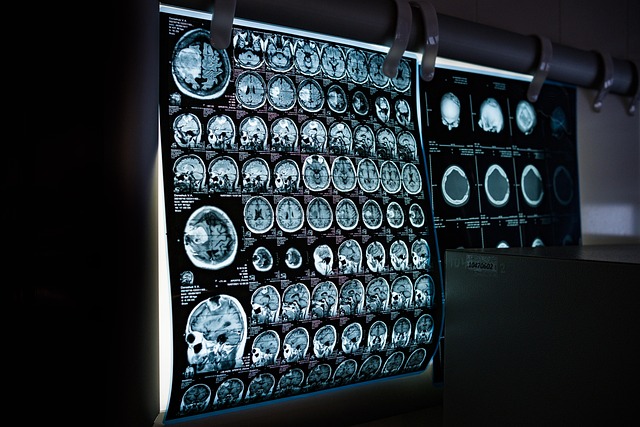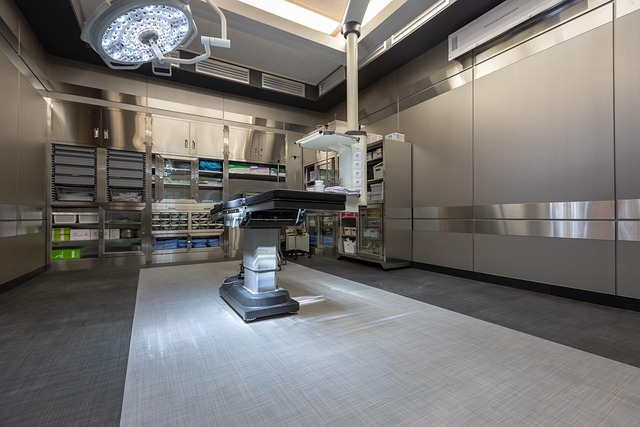In recent years, the realm of diagnostics has taken significant leaps forward, particularly within the field of medical imaging. One of the most pivotal technologies at the forefront of this revolution is Magnetic Resonance Imaging, or MRI. The advancements in MRI technology not only enhance the clarity of images but also broaden the scope of what healthcare professionals can diagnose and treat.
MRI has long been a trusted tool in the diagnostic process, providing intricate images of organs and tissues without the need for invasive procedures. However, recent healthcare innovations have led to improved MRI machines that offer faster scans, higher resolution images, and even functional MRI capabilities that can track brain activity. These developments signal a new era where timely and accurate diagnoses can significantly enhance patient outcomes.
Imagine walking into a healthcare facility, anxious about your symptoms. The power of modern MRI technology can alleviate some of that distress, bringing a clearer understanding of what’s happening within your body, all while, importantly, keeping patient comfort and safety at the forefront. High-field MRI systems allow for shorter scan times, significantly reducing the time patients spend in the machine. New software algorithms also employ artificial intelligence to assist radiologists, honing in on anomalies that may be easily overlooked in traditional imaging. This fusion of healthcare innovation and technology is a game changer.
Furthermore, the introduction of portable MRI machines has revolutionized access to imaging in non-traditional settings. Emergency care facilities, remote clinics, and even sports arenas now utilize these advanced, compact systems to provide faster diagnostics. This means immediate care for conditions that previously required transport to a hospital with a full-size MRI system. The essence of healthcare innovation is to ensure that quality diagnosis is not confined to state-of-the-art facilities but is available wherever patients need it most.
To add another layer, advancements in MRI contrast materials are enhancing the visualization of inflammation and vascular structures, allowing for even more precise diagnostics. These innovations ensure that clinicians can differentiate between various conditions accurately, leading to tailored treatment plans that address specific health concerns effectively.
The implications of these innovations extend beyond immediate diagnostics; they play a fundamental role in ongoing health surveillance. With new methodologies being developed that integrate MRI with other imaging modalities, healthcare providers are now equipped to monitor the progression of diseases over time, ensuring timely intervention when necessary. As we continue to embrace these transformations, the landscape of healthcare diagnostics appears more promising than ever.
Ultimately, patients are at the heart of these healthcare innovations in MRI technology. The feeling of uncertainty that accompanies health issues is met head-on through advancements that prioritize clarity, efficiency, and accessibility. As we look ahead, it’s exciting to envision a future where MRI technology continues to evolve, bringing hope and healing to countless individuals navigating their health journeys.




